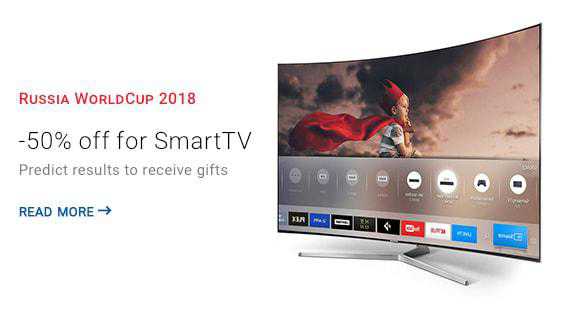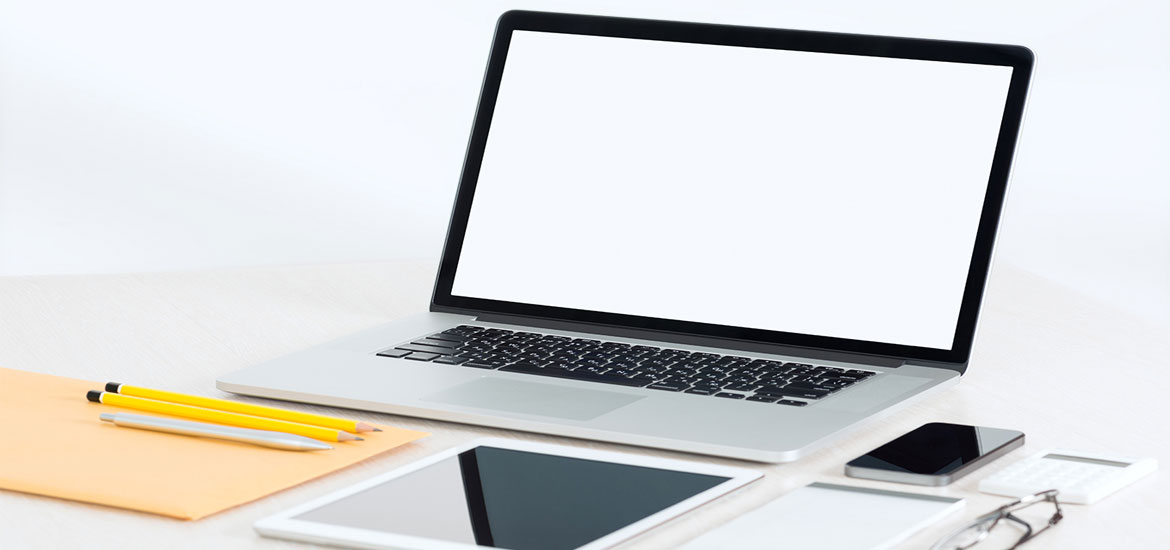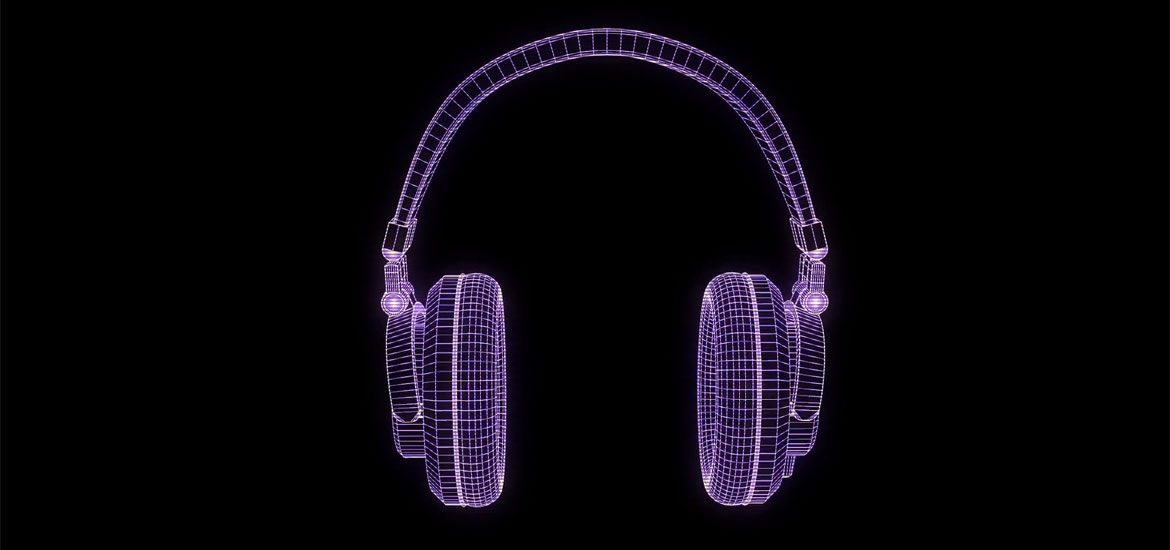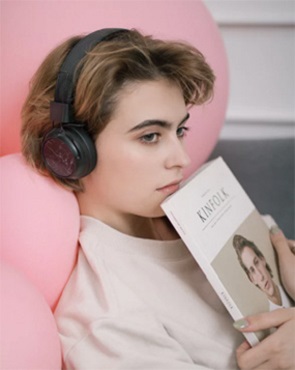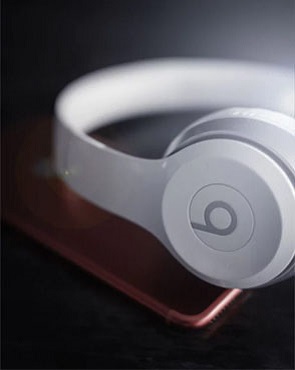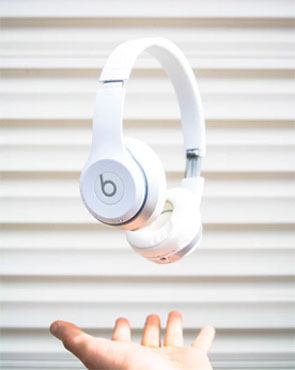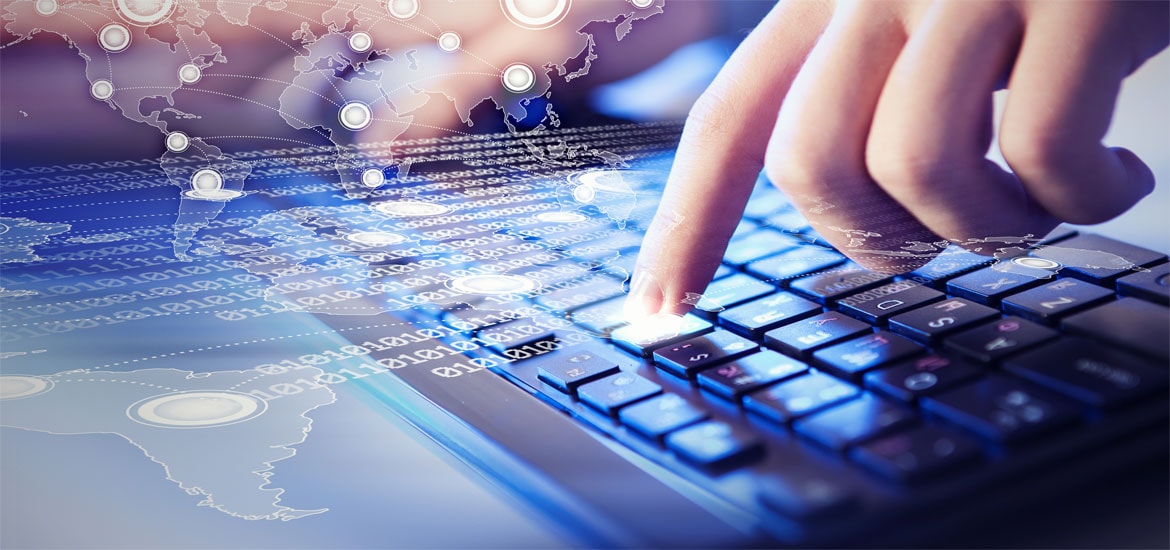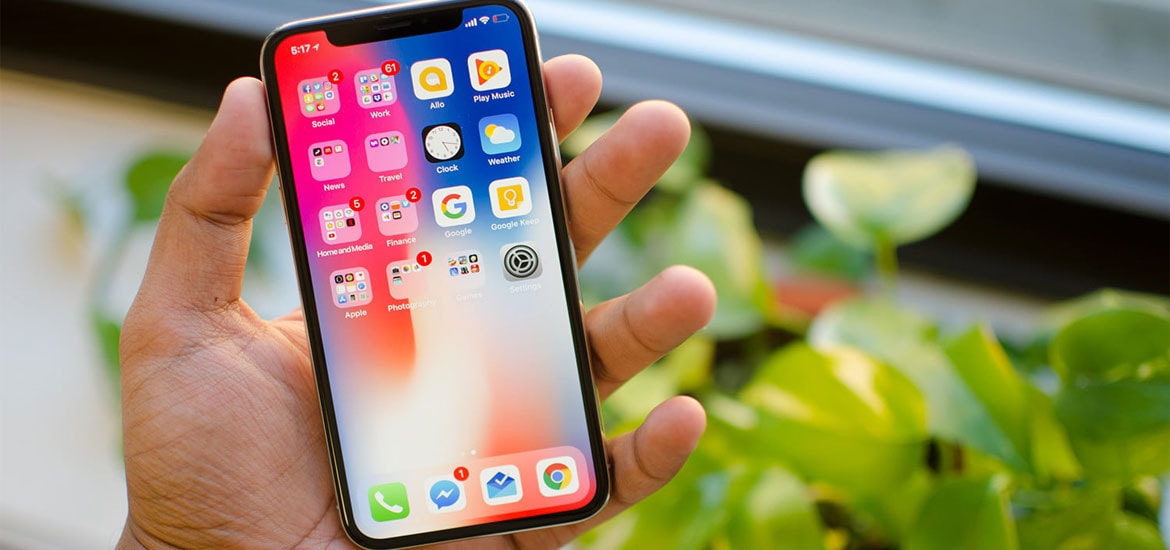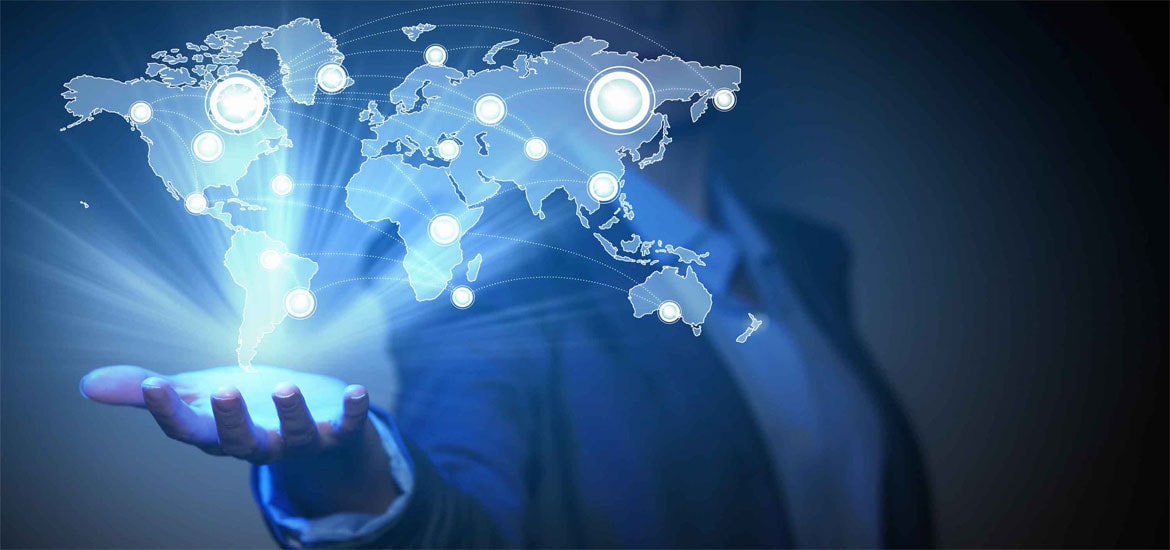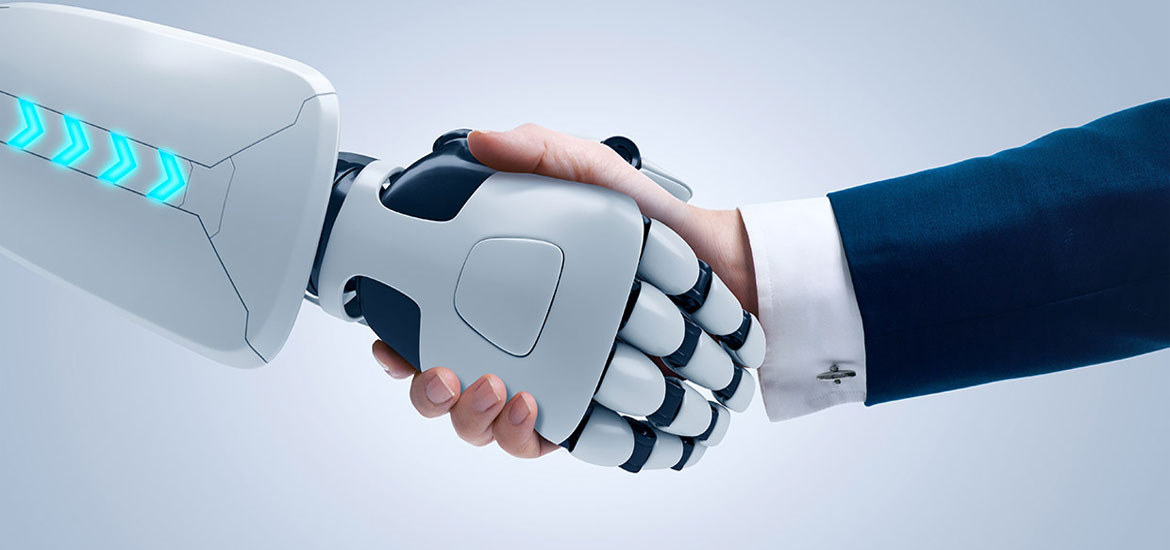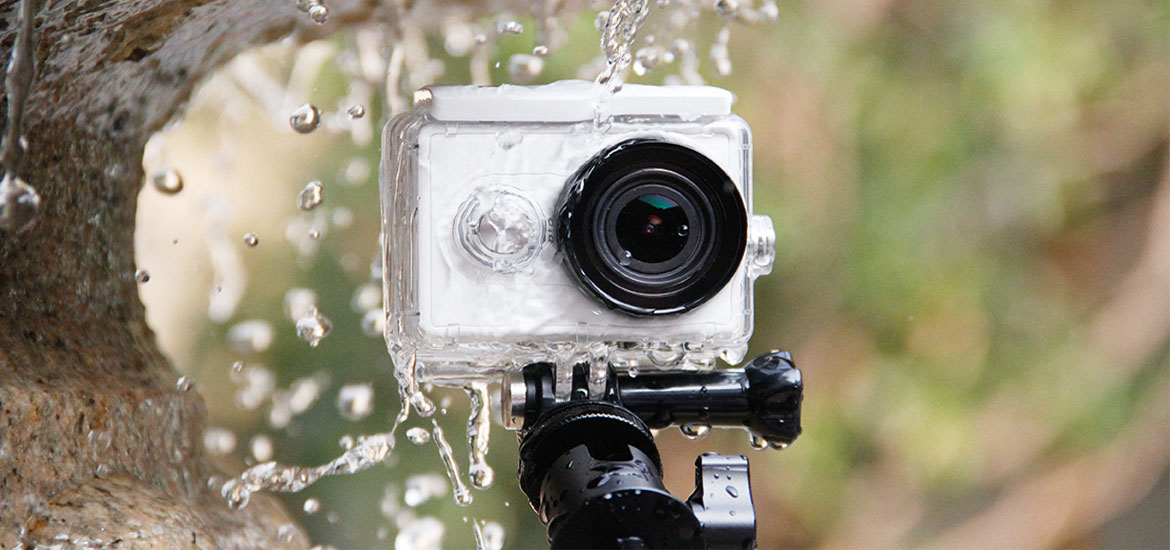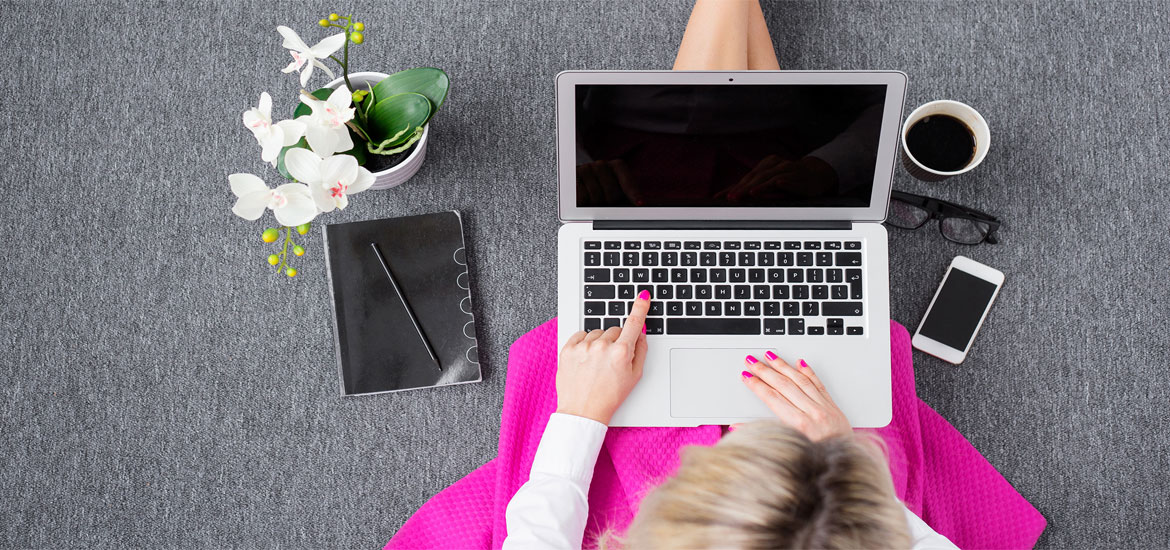Pay with your laptop: Is it safe and secure?
When it comes to gender equality in the tech industry, the numbers probably won’t surprise you. Only 17% of venture-backed companies are founded by women, and women make up just 7% of partners at 100 of the top venture capitalist firms.
Although many attempts are being made to encourage women into tech, we are still far from gender parity in the industry. What would the world look like if there were equal numbers of men and women in the sector? We asked three women in tech, from CEOs to developers, for their thoughts.
More female-led tech companies would change the way women are treated in society
I’m a strong believer in a connection between a company’s internal values and the final product or service. There are many examples of tech companies where their internal attitudes towards women are reflected in their products.
For example, there have been multiple stories about alleged sexual harassment relating to Uber, as well as the [leaked] “Miami letter” [CEO Travis Kalanick sent staff guidelines about when it was appropriate to have sex with other employees at a company event in Miami]. It became clear why Uber had been never considered the safest service for women – because its workplace wasn’t either.
If there were more tech companies led by women, I truly believe it would change the way women are treated in society – in part as a result of the values shown in their company’s services or products.
Valerie Stark, co-founder and CEO of friendship and dating app Huggle

